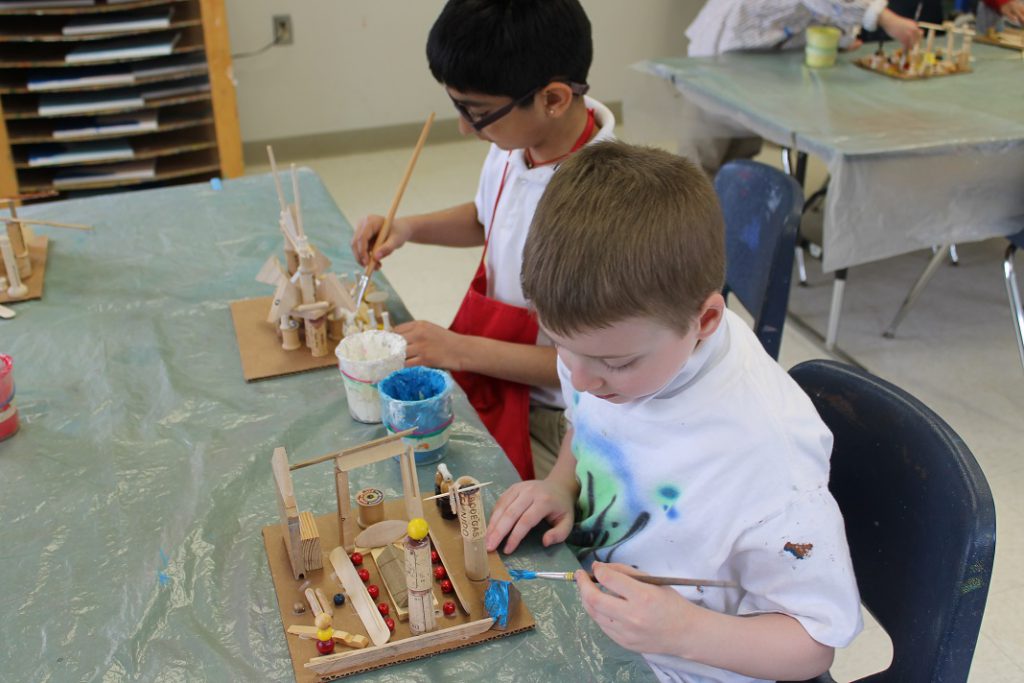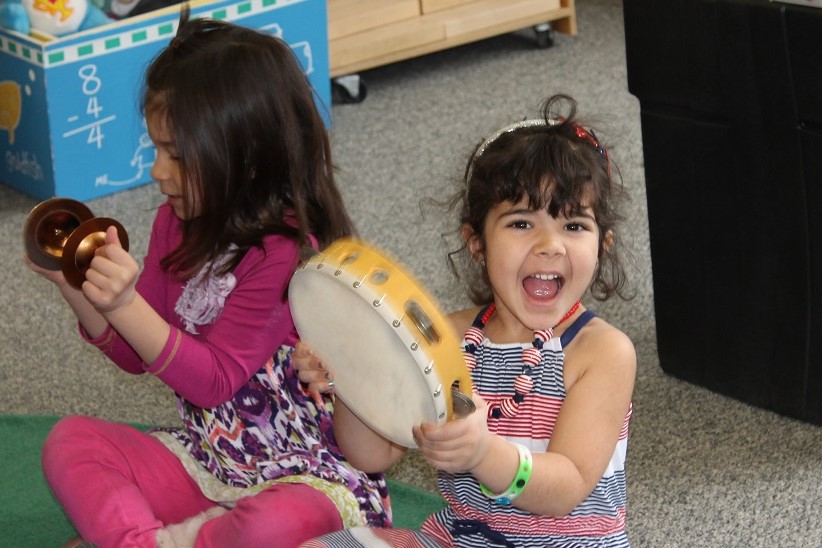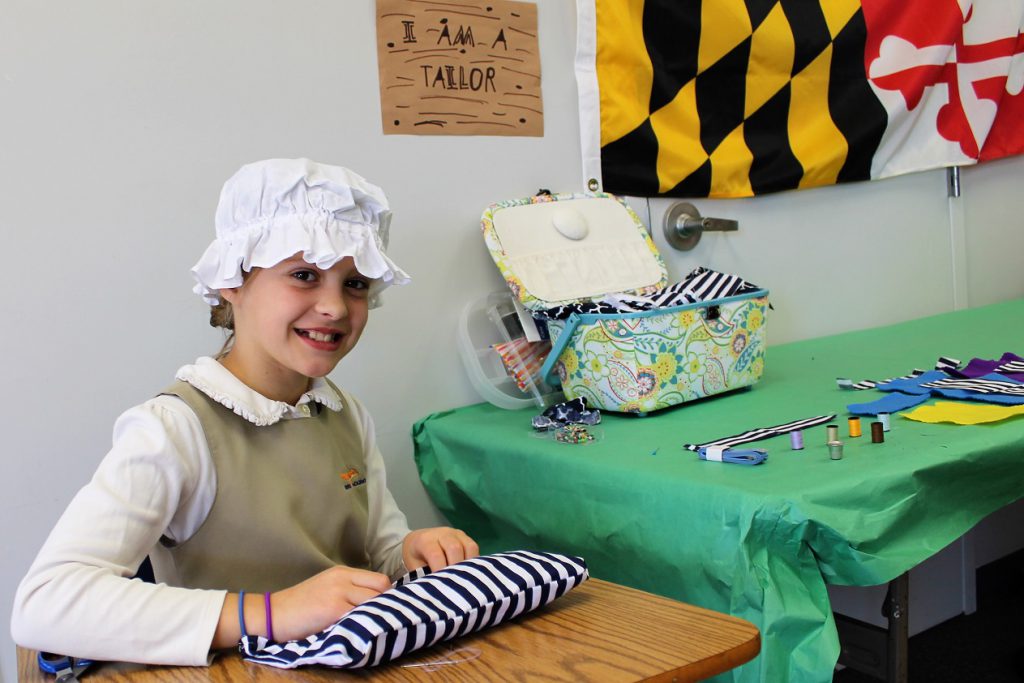
It was not long ago that arts education in schools was thought to be a luxury, and arts classes were cut from the curriculum to make room for more time to prepare for standardized tests. Currently, there is more and more information available that shows how crucial arts integration is to creating well-rounded, well-prepared learners and leaders. Articles with titles such as “Teachers are using theater and dance to teach math — and it’s working,” and “Arts-Based Education Will Power the Creative Economy” discuss the theory and research behind such claims.
At Seneca Academy, the arts (fine arts, drama, music, movement) have always been an integrated part of our curriculum. We weave the arts into our core classroom curricula as well as teach specific artistic skills and abilities.

Here is what we’ve learned through experience about why arts integration is so important:
- Working in the arts helps learners to develop creative problem-solving skills.
- Teaching through the arts can present difficult concepts visually, making them more easy to understand.
- Art instruction helps children with the development of motor skills, language skills, social skills, decision-making, risk-taking, and inventiveness.
- Visual arts teach learners about color, layout, perspective, and balance: all techniques that are necessary in presentations (visual, digital) of academic work.
- Integrating art with other disciplines reaches students who might not otherwise be engaged in classwork.
- Arts experiences boost critical thinking, teaching students to take the time to be more careful and thorough in how they observe the world.
- The arts provide challenges for learners at all levels.
- Art education connects students with their own culture as well as with the wider world.
- A report by Americans for the Arts states that young people who participate regularly in the arts (three hours a day on three days each week through one full year) are four times more likely to be recognized for academic achievement, to participate in a math and science fair, or to win an award for writing an essay or poem than children who do not participate.
- A study of Missouri public schools in 2010 found that greater arts education led to fewer disciplinary infractions and higher attendance, graduation rates, and test scores.
Read More About Arts Integration:
Champions of Change: The Impact of the Arts on Learning
Early Childhood Arts Education Improves Vocabulary, Communication, and Memory in Young Children
Students with High Levels of Art Involvement Are Less Likely to Drop Out of School



